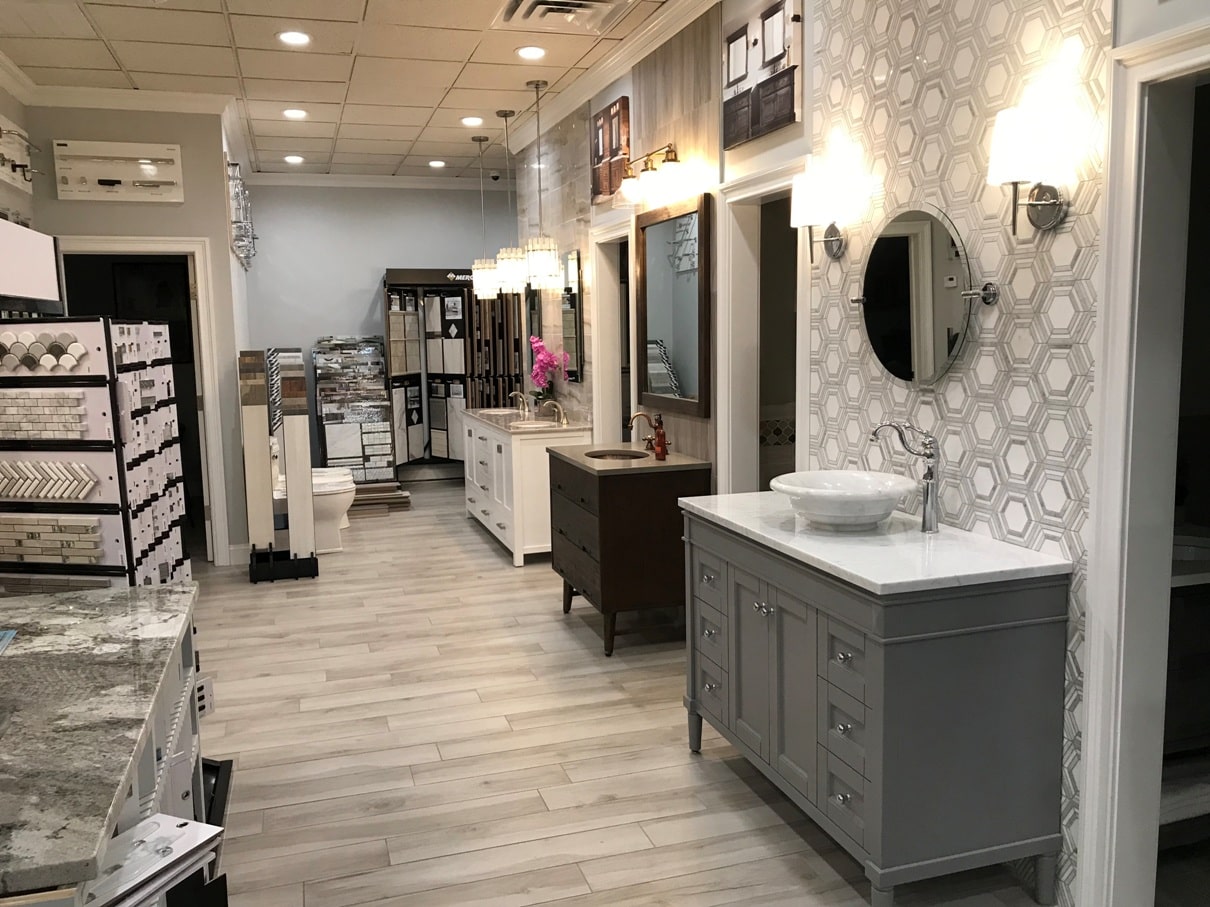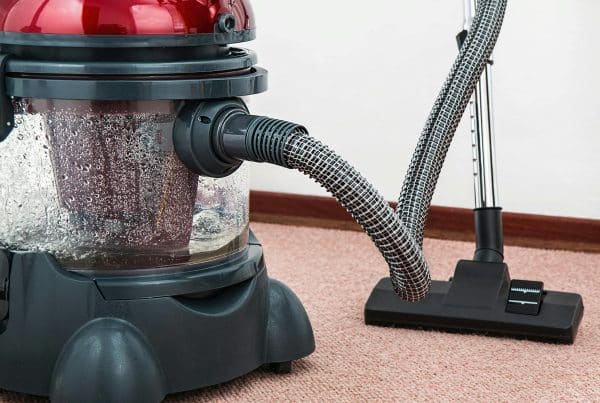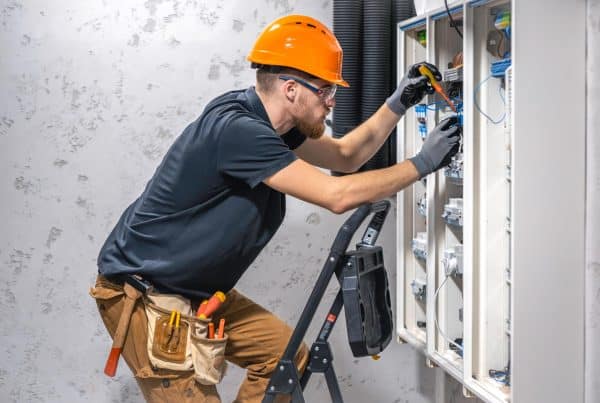The bathroom is such an important room in the house. It is the place you get ready for work or for going out, and it is the place you unwind and refresh at the end of a long day. You use it multiple times every day, and therefore, you want it to be a welcoming and comfortable place where you can fully relax.
So, if you’re currently revamping or redesigning your bathroom, we have some good news. Nowadays, there are loads of exciting and practical bathroom designs out there that you can choose from. These will give you a chance to completely transform your space.
But if you had not put much thought into your bathroom design previously, you might be in need of some inspiration and design ideas. This is where the humble showroom comes in.
Something which has been around for decades, showrooms are a fun and useful way to get ideas and start purchasing items for your bathroom. But the showrooms of today are far more helpful (and, in some cases, interactive) than they used to be.
So, if you haven’t already, we suggest getting yourself down to your local bathroom showroom and perhaps even checking out a few places before settling on your bathroom design.
And when you do visit, here are seven things to look out for in the showroom to help you create the bathroom of your dreams.
1. Inspiration for your layout
In order to give you a better idea of the options and what’s available, most bathroom showrooms will have lots of suites laid out in different displays to help you imagine what the room might look like.
These mock bathrooms can help to get your creativity flowing and inspire your own design and layout. It also gives you a chance to see different products not just in person but also set out differently. This helps you to visualise your own bathroom much easier than when you see pictures online.
Plus, you’ll notice all the smaller details and how these might apply in your own bathroom, which can help you to make more informed decisions.
2. The style of the different suits
Looking at bathroom components online, even matching ones, doesn’t give you the full picture. In the showroom, you can see first-hand every item of the suite and directly compare each collection to one another.
As well as comparing baths, sinks, toilets, etc., you can also look at the quality of the different materials they are made from and the way they are finished.
This can be important in making the final decision for your space and ensuring you are able to maximise every inch of your bathroom.
3. The different colours and tiles
On screen, colours can look very different than when we actually see them in real life. This is a huge benefit of bathroom showrooms, as it gives you a good chance to see all the options and compare them in real life.
This is particularly important for bathroom tiles, which you can also look out for in lots of showrooms. You can closely check out the colours and patterns of these tiles and even see what they look like when put next to real bathroom suites.
This saves you from ordering a bathroom suite, tiles or any accessories and being disappointed when they arrive and look a different colour to the picture on the website.
4. Accessories that might inspire your own
It’s not just about the larger items in your bathroom, such as the sink, tub or shower. When designing a bathroom, you also need to think about all the accessories that will complete the look and make it functional.
In many showrooms, in order to complete the collections, there will also be smaller accessories laid out for the full effect. These can help to inspire your own space and give you more ideas.
For example, you might see toilet roll holders, shelving units, mirrors, caddies and bath trays dotted about, to name just a few. These can give you ideas, as well as show you what styles pair well with different colour schemes and bathroom suites.
5. Helpful technology
Showrooms are increasingly adding technological advances to help make the customer experience more enjoyable. This might start with an easy-order system that makes finding and ordering your chosen suite much easier.
But more than this, there are now free 3D design services in some showrooms, as well as VR technology that can help to bring your ideas and designs to life. You can have floor plans made with accurate measurements and see your bathroom from every angle.
So, when you go to the showroom, look out for any exciting and helpful tools that can help you to plan the bathroom of your dreams.
6. Professionals giving advice
One of the greatest reasons to go to a showroom is that you can actually see and speak to professionals. Whether you’re asking for advice on which suites are best, how to order or how long it’ll take to get delivered, they are there to help.
When you go, keep an eye out for the experts and take the opportunity to ask them any questions you have. This will ensure that you buy the suites and accessories that are perfect for you and your personal needs.
After all, you don’t want to part with your hard-earned cash on a whim. So before you settle, make sure you have all the information you need and that you’re making the right choice.
7. Existing or future sales
Last but not least, showrooms can be a great place to find sale items or even to find out about upcoming sales so you can get your new bathroom suite for the best price.
By visiting a showroom, you open yourself up to lots of better deals, and you could even ask the experts working there if there will be any future sales you should know about. This way, you’ll get the most bang for your buck and won’t be left with regrets if you notice that the prices have dropped a few weeks later.








